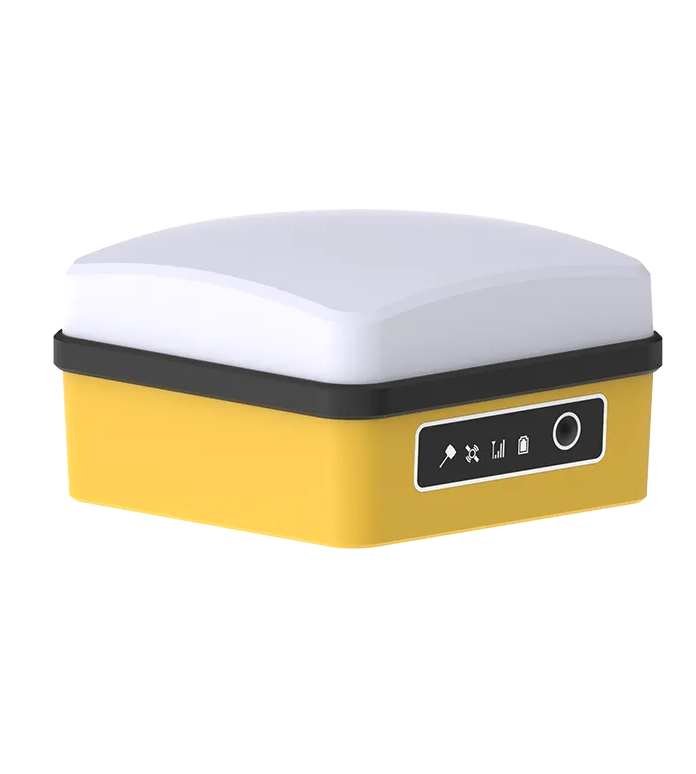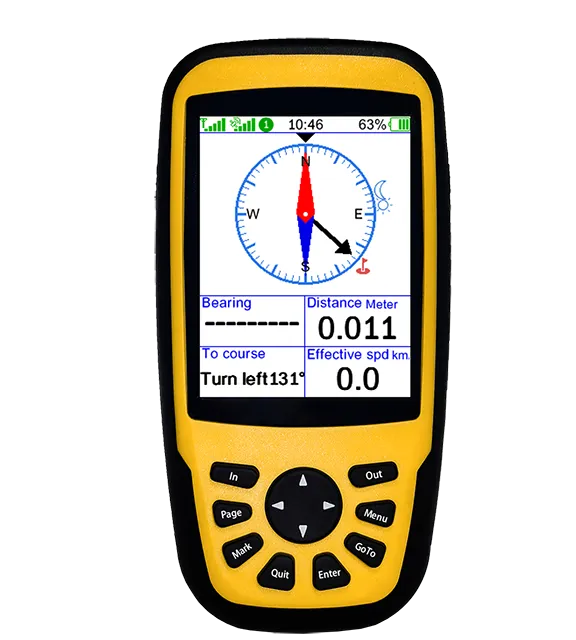
Maskura Technology offers a comprehensive range of advanced RTK Positioning equipment, including RTK Positioning Receivers, antennas, software, land levelers, and autopilot systems. Our products are designed for precision and reliability, ensuring efficient and accurate surveying operations. Discover how our RTK Positioning technology can transform your surveying and agricultural projects.

Precision agriculture benefits greatly from Maskura Technology’s RTK positioning systems. Our products enable accurate field mapping, machine guidance, and resource management, improving crop yield and reducing waste. B2B customers rely on Maskura for scalable, high-performance positioning solutions.

Maskura Technology is a leading manufacturer of high-tech RTK Positioning surveying equipment. Our product range includes RTK Positioning Receivers, antennas, software, and land levelers, all designed to meet the demanding requirements of land surveying. We deliver reliable solutions that optimize surveying operations and maximize efficiency.

Infrastructure projects demand precise positioning to ensure design compliance. Maskura Technology’s RTK positioning systems provide reliable data for surveying, excavation, and monitoring. B2B customers choose Maskura for solutions that improve project accuracy and efficiency.

Accurate site positioning is crucial for successful construction projects. Maskura Technology provides RTK positioning systems that support real-time location tracking, enabling precise site layout and machine control. Our solutions help B2B clients reduce errors, optimize workflows, and meet tight project deadlines.

Shenzhen Maskura Technology, a renowned manufacturer of Hi-tech GNSS surveying equipment, has been at the forefront of innovation since its establishment in 2011. Specializing in a diverse range of products including RTK receivers, antennas, sophisticated software, land levelers, and autopilot systems, the company offers dependable and high-quality solutions to customers across the globe. With a focus on precision and accuracy, Maskura Technology's surveying equipment is trusted by professionals in various industries, ensuring accurate measurements and seamless operations. The company's commitment to excellence and continuous innovation has made it a leading choice for those seeking advanced surveying solutions.
Delivering cutting-edge technological advancements for diverse industries.
Ensuring superior product quality with rigorous testing and precision engineering.
Providing tailored solutions and excellent support to meet unique client needs.
Committed to meeting client needs with tailored solutions and exceptional support.
Maskura Technology stands out with our commitment to innovation and quality. We provide advanced RTK Positioning systems, GNSS technology, and software solutions that enhance precision and efficiency in surveying and agricultural applications. Our products are designed to meet the highest standards of accuracy and reliability.
Our RTK Positioning systems offer exceptional accuracy for land surveying, field mapping, and construction applications. By providing real-time kinematic data, surveyors can achieve precise and efficient results, optimizing resource usage and maximizing productivity.
We offer comprehensive maintenance and technical support services to ensure the longevity and optimal performance of our RTK Positioning systems. Our team is dedicated to assisting customers with any issues and providing regular updates to keep their equipment running smoothly.
We conduct rigorous testing and quality control processes on all our RTK Positioning equipment. Our systems are built to withstand demanding field conditions, ensuring consistent and reliable performance in various surveying and agricultural applications.
Maskura Technology provides advanced software solutions that integrate seamlessly with our RTK Positioning systems. These tools offer precise data analysis, field mapping capabilities, and user-friendly interfaces to enhance surveying operations and decision-making.
Our RTK Positioning systems provide precise positioning data that enhances the accuracy and efficiency of agricultural autopilot systems. By integrating RTK Positioning technology, farmers can achieve optimal control and automation in their operations, leading to better crop yields and resource efficiency.
